Sensor Sweep: ERB fonts, Robert Bloch Vampires, Mouse Wars, and The Punisher
Monday , 7, May 2018 Sensor Sweep Leave a commentPublishing (Recoverings): “It’s the nature of fandom. Every fan wants to hold his or her hobby close, be part of it, and contribute to it in some way. Writing, drawing, researching about action, the exotic worlds, the beautiful women and heroic men, the incredible beasts and unknown races are the life’s blood of many an Edgar Rice Burroughs fan in a world of mundane days and tedious nights.
When a fan wants to take the daring step of publishing their work, they often turn to the books that first set their hearts racing, the first books they saw and took home and devoured as their own. They look at those books and want to emulate them, the stirring words, the heroic artwork,
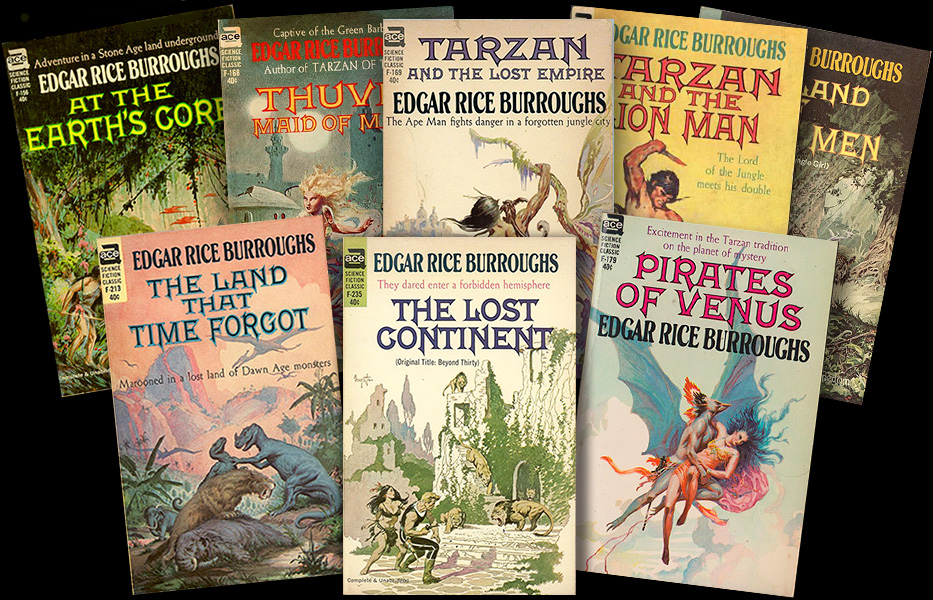
the title lettering that called them to adventure. For those who were around during the Edgar Rice Burroughs Rediscovery Boom of the 1960s, those books are the small, 40-cent paperbacks from Ace Books published from 1962 to 1964. The look of those books, with their Roy Krenkel and Frank Frazetta art, is what takes them back to the first thrill, it stamps the book as authentic in a way that other cover designs can’t. Even the title lettering plays a part. That’s when I hear the question, “What was that font that was used on the Ace ERB paperbacks?”
Fiction (Haffner Press): The Vampire Stories of Robert Bloch Robert Bloch
Edited by Stephen Haffner
Illustrated by Gahan Wilson
ISBN-10 1-893887-90-1
ISBN-13 978-1-893887-90-9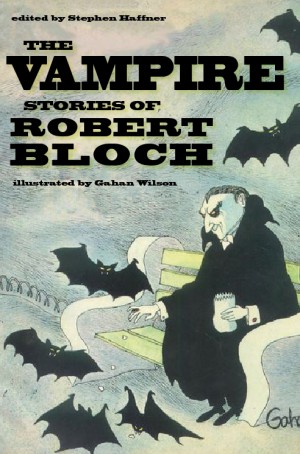
$45.00
Cinema (Walker’s Retreat): “These goofs are actually having a real impact that’s counter-acting the stupid amounts of money spent on PR by Mouse Wars, Fake Trek, and many other SJW-converged pop culture franchises. They can, and should, take credit for spreading the word on how back The Last Jedi was before it went into its first weekend. They broke wide the utter failure of Mouse Wars merch rotting on the shelves. They didn’t even try, and they got some other fan channels to out themselves as Mouse Wars shills.”
Fiction (Scifi Scribe): “A reader who had recently finished Escaping Infinity and had just begun on The Last, Lonely Trail has a complaint. “What is with you and killing off young girls?” he exclaimed.It took me a second or two to realize that he was not accusing me of being a real-life serial killer. Once I set aside the urge to go full Harrison Ford to his Tommie Lee Jones I remembered the books he’d been reading since I last ran into him. Instantly I knew which two “murders” he was talking about. In Escaping Infinity, one character loses a daughter to a murder-suicide. In The Last, Lonely Trail a murderous gang in the Old West violently wipes out an entire family, including the couples very young daughter.”
Gaming (RPG Pundit): “In this weekend’s session, the Millers had organized a long-planned High Stakes Poker game. The pot would end up being $9000, a monumental prize for the era.
On this occasion a number of wealthy amateurs and professional gamblers came to town, and among them was an old friend… Marshal Jeff Young, from Dodge City (along with David, his Mexican manservant).
The town also saw the arrival of a caravan of Irish Travelers. Doc/Kid Taylor, in his urge to try to legitimize his reinvention as a “law & order” Republican, decided to finally accept town Marshal Fred White’s offer of a Deputy’s badge, and he was sent to check out what the Irishmen were up to. They claimed to be humble travelers here looking for work, and though he was naturally suspicious, Taylor couldn’t see any reason to trouble them further, for now.”
Cinema (Pulp Rev): “The Punisher has always held a special place in my heart. Unlike other superheroes, he has no superpowers, only his military training and experience, and a burning desire to purge the world of evil. Unlike Batman, he prefers a permanent solution to crime by slaughtering the wicked wherever he finds them. He was also my first ‘proper’ introduction to American comics.
When I heard of the 2014 incarnation of the Punisher, I was overjoyed. Written by Nathan Edmondson and illustrated by Mitch Gerads, it drew inspiration from real-world Special Operations Forces and promised a realistic reinterpretation of the original character. Edmonson and Gerads had previously worked together on The Activity, a military thriller series that focused on the shadowy Intelligence Support Activity, and I was 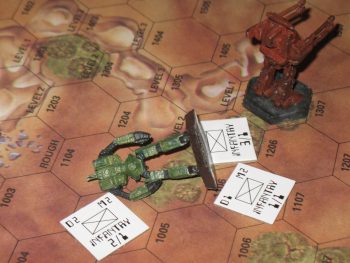 confident that they would do this version of the Punisher justice.”
confident that they would do this version of the Punisher justice.”
Gaming (Jeffro Johnson): “Okay, this was a game I waited decades to play: BattleTech with mecha versus a infantry and tanks. Seriously, the xerox copy I ran off of the CityTech infantry record form has been sitting in the box for over twenty-five years! Here’s how I set up the game. First I calculated the repair times for the surviving mechs from the last scenario. Then, as I would with D&D, I improvised a chart to account for the most reasonable outcomes.”
Fiction (RMWC Reviews): Edgar Rice Burroughs returned to Barsoom in 1913 to write The Warlord of Mars. Continuing from the cliffhanger ending of Gods of Mars, the story was serialized in the pages of the All-Story Magazine incarnation of Argosy, and later published as a novel in 1919.
Dejah Thoris and Thuvia of Ptarth are still imprisoned in a strange prison within the bowels of the Temple of the Sun with the treacherous 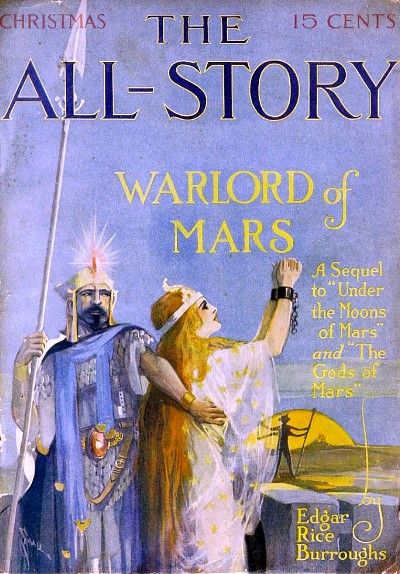 Princess of the Holy Therns, Phaidor.
Princess of the Holy Therns, Phaidor.
Not one to simply sit and wait out the year before the door opens again, John tries in vain to find a way in, and comes across a conspiracy between Thurid, a Black Martian of the First Born who bears a deep grudge against Carter since an embarrassing defeat in Gods of Mars and Maitai Sheng, leader of the White Martians and high priest of the cannibalistic Holy Therns.
Fiction (Tolkien and Fantasy): “It was Paul Spencer, an acquaintance of Lin Carter’s in the James Branch Cabell Society, who recommended The Virgin and the Swine (1936), by Evangeline Walton (1907-1996), for the Ballantine Adult Fantasy series. Lin Carter and Betty Ballantine read it and approved of it, and they sought the author about reprint rights, initially thinking that she might be dead. But they found that she had renewed the copyright in 1964, and contact was made, and a contract secured.”
Fiction (Too Many Books): “In Tolkien Notes 15 we wrote about a collection of books by Tolkien that Wayne was able to buy inexpensively at auction more than thirty years ago. Not much later, he also acquired, again for a relative song and (if memory serves, the invoice having been misplaced) likewise through Bertram Rota of London, a group of sixteen items, mostly offprints or reprints of scholarly articles, which had been in Tolkien’s possession. This was before prices of even minor pieces once owned by Tolkien rose to sometimes extraordinary levels.”
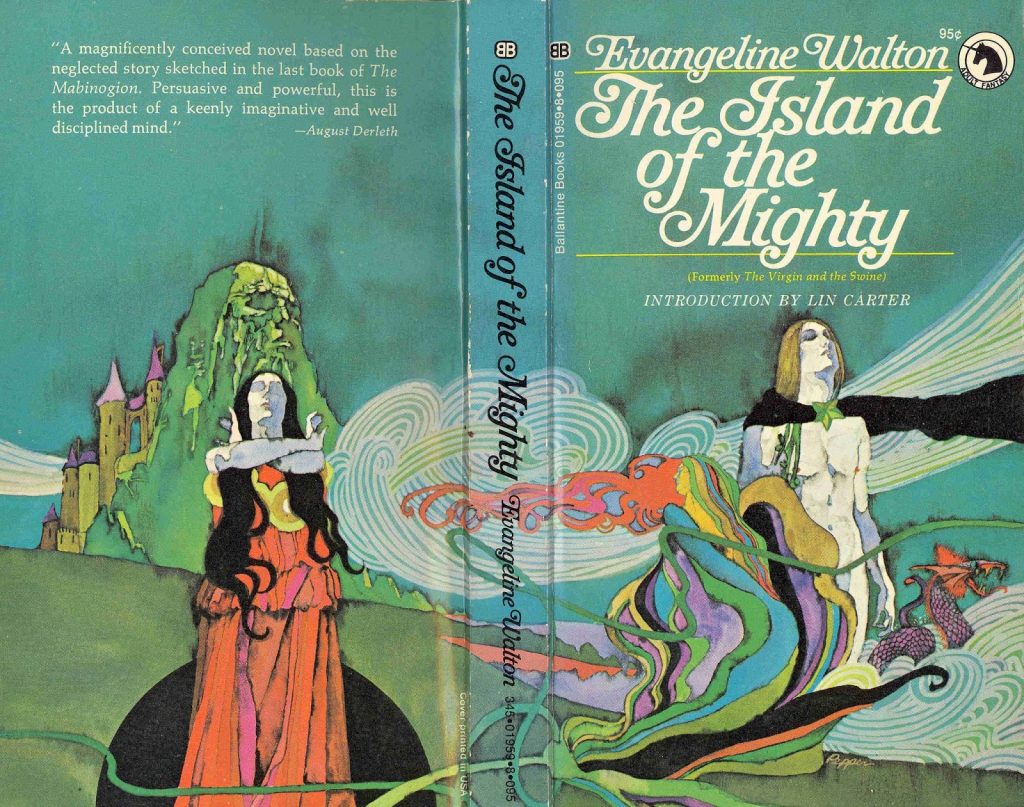
Please give us your valuable comment